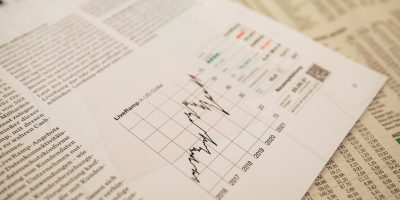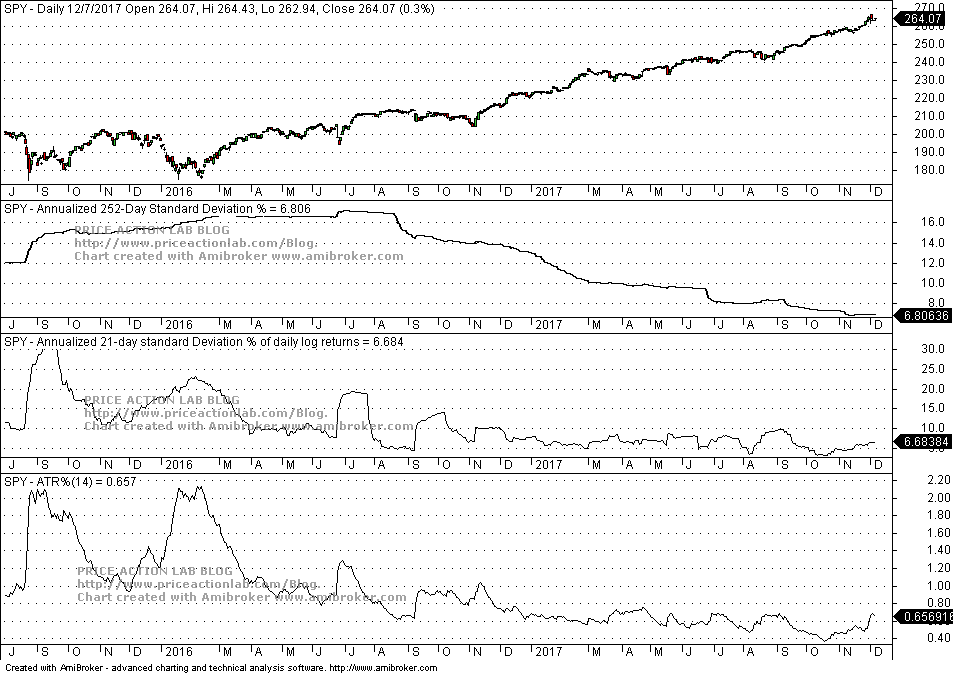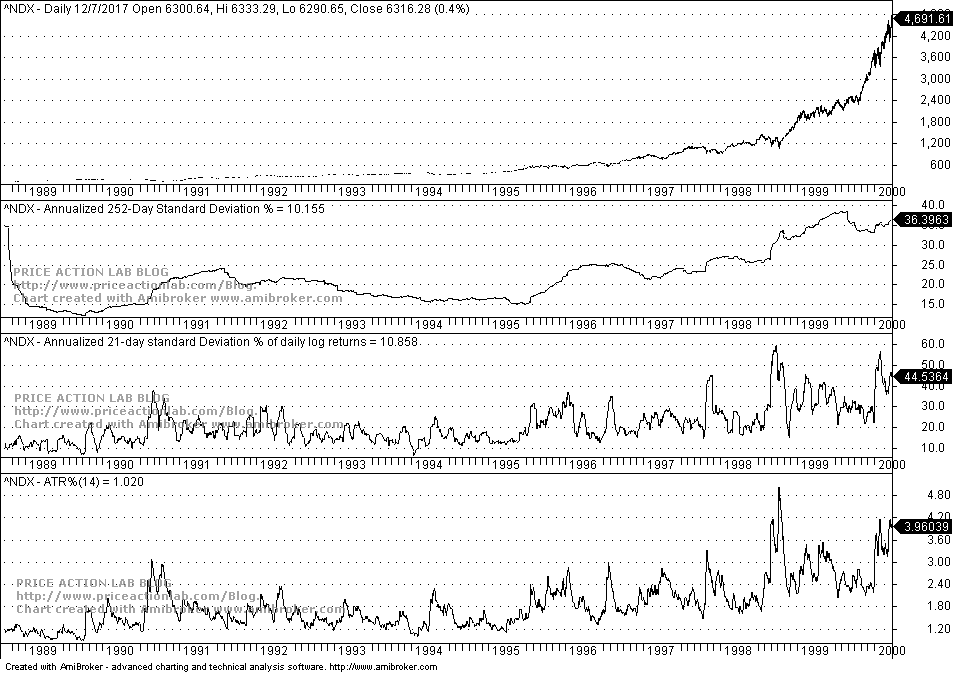Some think that bitcoin is a currency. Others believe bitcoin is a digital security or commodity. In my opinion bitcoin is a gambler’s dream come true. Most of those who trade it have no idea of what they are getting into but driven by an urge to gamble.
It is quite possible that some countries will adopt digital currencies but it is unlikely that they will be based on blockchain because the governments will lose control of money creation and of ability to properly execute their policy. These digital currencies will be centrally controlled and distributed based on policies for incentives.
In my opinion, a universal cryptocurrency without tangible cash circulation involves substantial risks because in the case of the extremely low but nevertheless non-zero probability event of a major EMP (Electromagnetic Pulse) triggered by natural or geopolitical events that will render electronic devices inoperable, there will be no currency for exchange of goods. In effect, the financial system will be completely destroyed and return to barter with unknown recovery period.
In my opinion bitcoin just serves for now an urge for gambling and also a need for private transactions for some.
Most of those who attempt to trade bitcoin have no idea of what they are getting into. Below is a daily chart of bitcoin that shows the 365-day annualized volatility, the 21-day annualized volatility and the 14-day Average True Range (ATR) as a percentage of closing price.
The 365-day annualized volatility is about 90%, the 21-day annualized volatility is a whopping 136% and the 14-day ATR as a percentage of closing price is about 6%.
The above numbers indicate a bubble market of historic proportions.
In comparison, the 252-day annualized volatility of SPY ETF is about 7%, the 21-day annualized standard deviation is at about the same level, and the 14-day ATR is one order of magnitude smaller at 0.65%. These are shown below.
The chart below shows the same volatility measures in the case of the NASDAQ-100, just before the dot com crash.
There were comparable orders of magnitude of volatility in NASDAQ-100 near the top of the 2000 crash. The 252-day annualized volatility was near 40%, the 21-day annualized volatility was around 50% and the 14-day ATR was close to 4%.
The fate of markets with volatility near these levels is known: they crash. Along with the value crash, the hopes and dreams of many speculators are also crushed; this is inescapable. Some savvy investors and traders may manage to get out before the crash but the majority of speculators will have to pay for their gains, since this is a zero-sum game before the spread is accounted for. A store of value does not create new wealth for participants and can only be a zero-sum game. On the other hand, equities create new wealth in the form of dividends and the trading game may be considered a positive-sum although views vary on this.
If you found this article interesting, I invite you follow this blog via any of these methods: RSS or Email, or follow us on Twitter
If you have any questions or comments, happy to connect on Twitter: @mikeharrisNY
Charting and backtesting program: Amibroker
Technical and quantitative analysis of Dow-30 stocks and 30 popular ETFs is included in our Weekly Premium Report. Market signals for longer-term traders are offered by our premium Market Signals service. Mean-reversion signals for short-term SPY traders are provided in our Mean Reversion report.









